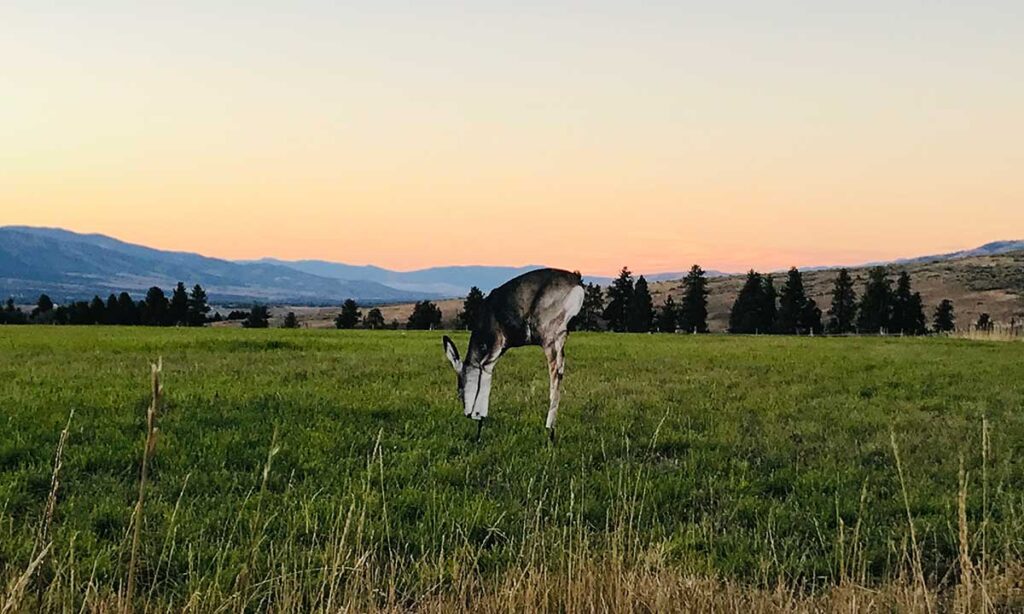It’s time. The coffee is done brewing and steams as you pour it in your thermos. You’ve got your dry fit thermal top and bottoms on and layers on top of that. The camo wear is comfortable and durable as you load up your gear. The crisp morning air makes you feel alive, and it feels like you are the only person on earth awake. You set out into the black dawn, your headlight beams searching for the glowing eyes of the critters roaming about under the safe blanket of darkness. You arrive at your tried and true location and shut down the engine while the silence reverberates around you. Sliding down out of the pickup, you quietly press the pick-up door until you hear the click that it’s shut. On the horizon, you can just start to see the burn from the forthcoming blaze of the sun. The time is perfect to trek toward the ridge where you have scouted many times before. Anxiously, you peer into your binoculars scanning for any movement or sign of wildlife. The earth is so silent and still you can almost hear each blade of grass twitch with the slightest rustle of a breeze. When you spot the robust buck and aim your crosshairs for the kill shot, the exhilaration is like nothing else.
You do not want to miss out on opening day, so there are things you need to take into account before booking your hunting trip. States vary in the permits and tags that you need to acquire as well as season length for different species. It is the hunter’s responsibility to know the land ownership of the area he or she wants to hunt and the restrictions that may apply there. All states have their own specific rule and regulations governing hunting on public and private land.
Regulations might be less restrictive if you are hunting in the state in which you reside. For example, in Montana, all hunters over the age of 12 need a conservation license. This applies for both residents and nonresidents. Montana offers two primary types of licenses: a general license and a special limited permit and license only available through drawings. Beginning March 1, hunters can apply for the special limited licenses that include deer, elk, antelope, moose, sheep, goat, bison and B licenses. Make sure to watch the deadlines! Deer and elk are due April 1st; Moose, bison, sheep and goat are all due May 1st; Antelope, elk B and deer B are due by June 1st. Nonresidents are limited to up to 10% of the permits available in any district, so it is important to note the deadlines and put in as early as possible to secure your chances. Nonresidents have the option of purchasing general combination licenses that are issued randomly through a computer drawing. Essentially, if you are a nonresident, you should plan to spend several hundred if not a thousand dollars on licensing and the purchase of tags. You will want to familiarize yourself with the length of hunting season for the species you are after as well.
If you particularly like to hunt out of state, it may be a smart investment to purchase land for hunting uses. Being a landowner will save you money when purchasing the needed tags and licenses. Additionally, landowners get preference in drawings. Not only is hunting and recreational land a good investment, but it is also safe as well. A stock certificate just sits in a safe where the value is out of your control. Land can actually be used as it appreciates in price. Owning land can give you other options for increasing your cash flow. For example, there are government programs, timber mining, leasing mineral/oil rights, renting tillable acres to farming operations or leasing grazing acreage. These are just a few benefits to becoming a landowner. No matter what you choose to utilize the ground for, remember why you originally purchased—to enjoy it! Watch those deadline dates and get your applications in for drawings so that you can partake in one of the most exciting and memorable pastimes, the great American hunt.




